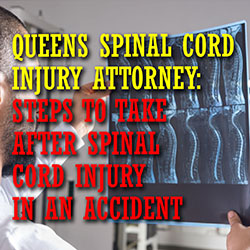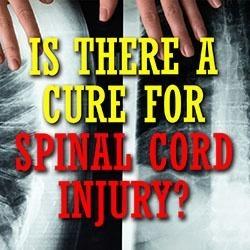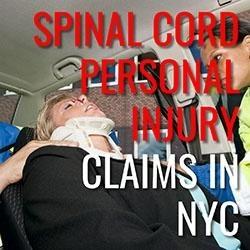Our personal injury lawyers have the knowledge and experience to help you determine the basis of your claims
Building a personal injury case can be tricky. The foundation upon which a case is built—the basis of your claims—is critical. It helps determine the nature of the evidence you need to gather, the stand you have to take in court, and guess the defenses. So it is imperative that you hire the services of an experienced personal injury lawyer who will analyze the details of the accident and determine the basis of your claims accurately.
We, at RMFW Law, have been practicing law in New York for over three generations. We have helped our clients receive millions of dollars in compensation by building and presenting fool-proof cases bolstered by irrefutable claims.
There are three common bases for building a personal injury case—negligence, intentional wrong, and strict liability.







